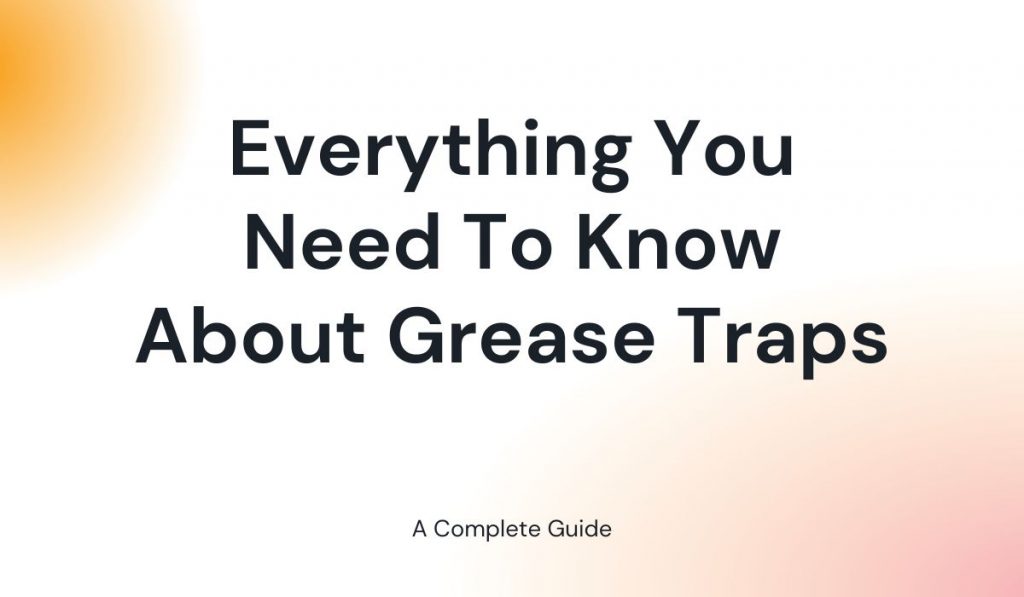Need to know all of the basics about grease traps? Read on to discover everything you need to know about them, from installation and maintenance to choosing the right model and troubleshooting common issues.
A grease trap is an important component of wastewater treatment systems. It collects fats, oils, greases, and other contaminants from kitchen sinks and drains.
Grease traps are necessary for proper sewage system operation in Food Industry. They collect fats, oils, and other contaminants that would otherwise clog pipes and cause sewer backups.
GTC – Grease Trap Cleaning Services is an experienced and reliable service provider that offers high-quality services. We have been providing our customers with excellent services since 2014. We are serving more than 600+ restaurants in Dubai & Sharjah.
What is a Grease Trap?
A grease trap is a plumbing device that’s used to capture and separate fats, oils, and grease (FOG) from wastewater. This helps to protect the wastewater lines from becoming blocked with solidified FOG and prevent backup of the wastewater. Grease traps come in a variety of shapes and sizes, but all models essentially work the same way.
Choosing the Right Grease Trap for Your Kitchen
Choosing the right grease trap size is essential to efficient and effective grease management. The grease trap should be large enough to accommodate the flow of waste from your kitchen, but not so large that it requires too much maintenance. As a general rule, calculate the required gallons per minute (GPM) of water flow for the maximum number of fixtures being used in your kitchen and then compare this against the various models available on the market.
Installing Your Grease Trap Correctly.
Grease traps must be installed correctly to ensure that everything works as it should. It is important to have the correct inlet and outlet connections, as well as vents and overflow pipes. Make sure that the trap is set at a level position and sealed airtight with an appropriate sealant such as silicone, with no gaps or air leaks. Additionally, check for any blockages such as hair or food particles that could affect the flow of water.
How to Properly Clean and Maintain Your Grease Trap
Regular maintenance is essential to keeping a grease trap in top working order. Start by regularly checking your tank for any clogs or blockages that may need to be cleaned, and ensure that the trap is free of built-up fats, oils, and grease. To keep it running its best, you should periodically pump out the accumulated solids and scour out any sludge or deposits that have built up inside the tank. Additionally, adding bacteria digesters into the trap can help break down grease and trash buildup in the system.
Troubleshooting Common Problems with Your Grease Trap
The most common problems with grease traps are clogs and bad odors. Clogs can occur when fat, oil, and grease enter the trap faster than they can be broken down by the bacteria digesters or pumped out of the tank. When this happens, you may need to remove the blockage manually. Bad odors happen when built-up organic matter and bacteria start to accumulate in your trap—in such cases, consistent maintenance will help keep things running smoothly.
